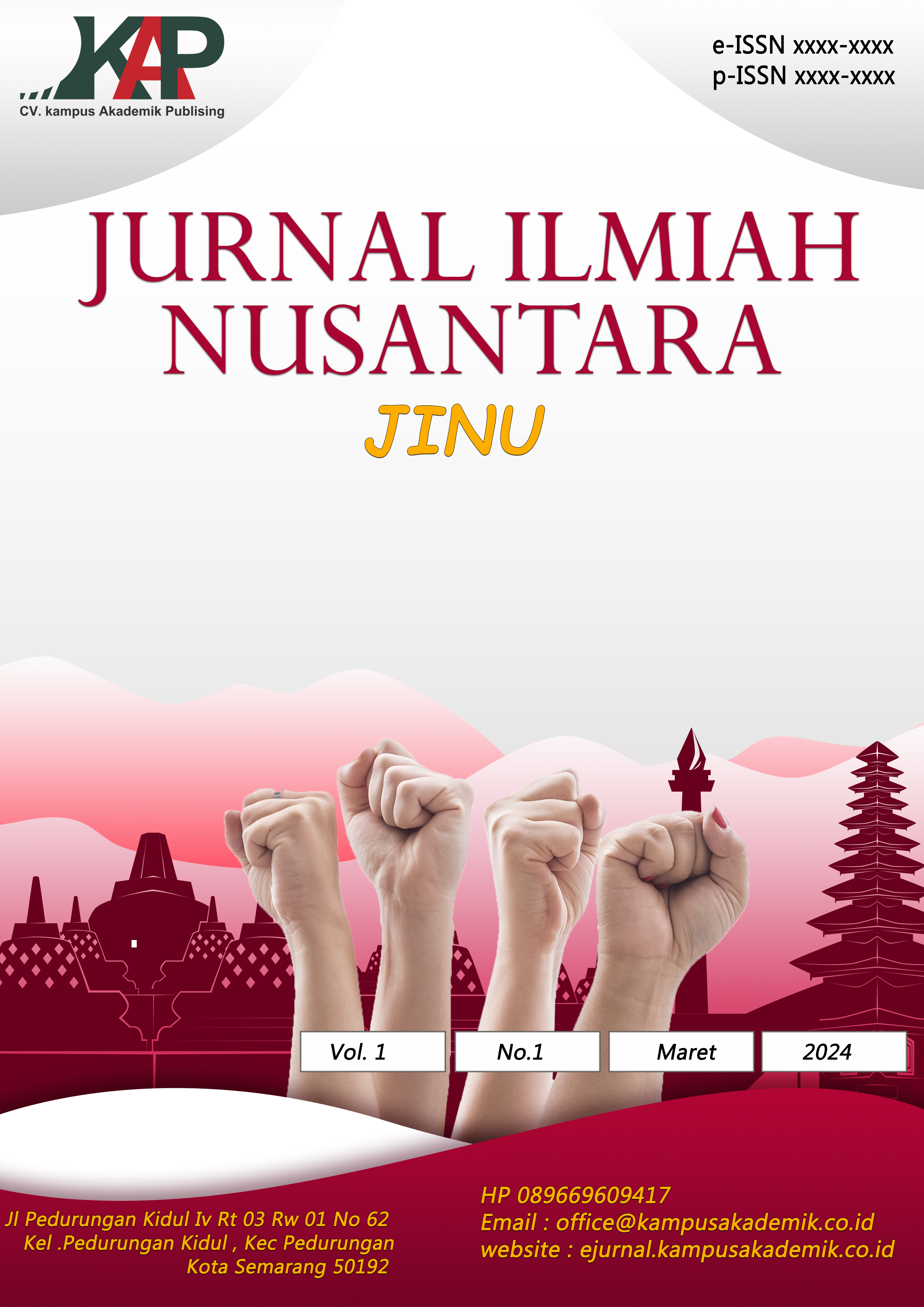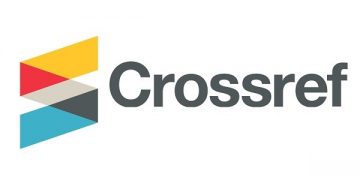ANALISIS MEKANIS MORTAR DENGAN PENAMBAHAN SERBUK KACA DAN ARANG TEMPURUNG KELAPA
DOI:
https://doi.org/10.61722/jinu.v2i4.6023Keywords:
mortar, glass powder, coconut shell charcoal, compressive strength, densityAbstract
This study aims to determine the effect of adding glass powder and coconut shell charcoal on the density and compressive strength of mortar, as well as to obtain the optimum mixture composition of these waste materials as mortar additives. Glass powder contains high silica with pozzolanic properties, while coconut shell charcoal contains active chemical compounds that can improve the strength and density of mortar. The research method used is an experimental laboratory study with a mixture variation of 10% glass powder by weight of sand and 0%, 2%, 3%, 4%, and 5% coconut shell charcoal by weight of cement. Laboratory tests were conducted to measure the density and compressive strength of the mortar at the age of 14 and 28 days.
The results of the study show that the best mixture variation is the combination of 10% glass powder and 3% coconut shell charcoal, which produced the highest compressive strength of 27.24 MPa at 14 days and 32.48 MPa at 28 days, higher than normal mortar. The highest density without additives was 1.95 g/cm³, while the lowest density at 14 days was found in the variation with 10% glass powder and 5% coconut shell charcoal 1.7 g/cm³. At 28 days, the highest density was 2.06 g/cm³ in the control (without additives), and the lowest was 1.82 g/cm³ in the mixture with 10% glass powder and 4% coconut shell charcoal. Thus, the combination of glass powder and coconut shell ash has been proven to improve the mechanical characteristics of mortar while utilizing waste materials with high added value.
References
Amir, F. (2010). Pengujian Mortar Mutu Tinggi Sebagai Bahan Perkuatan Beton. Mektek, 88–96.
Dwi Poetra, R. (2019). 2.1. 1–64. Gastronomía Ecuatoriana y Turismo Local., 1(69), 5–24.
Hasan, H. (2012). Pengaruh Arang Tempurung Kelapa Terhadap Kuat Tekan Mortar. SMARTek, 4(November), 211–223.
Karwur, H. Y., Tenda, R., Wallah, S. E., & Windah, R. S. (2013). Kuat Tekan Beton dengan Bahan Tambah Serbuk Kaca Sebagai Substitusi Parsial Semen.
Kosim, & Hasan, A. (2014). Pemanfaatan Serbuk Kaca Sebagai Bahan Tambah Agregat Halus Untuk Meningkatkan Kuat Tekan Beton. PILAR Jurnal Teknik Sipil, 10(2), 170–178.
Mulyadi, A., Suanto, P., & Purba, W. (2021). Analisis Pengaruh Penambahan Limbah Pecahan Kaca Terhadap Campuran Mortar. Jurnal Teknik Sipil, 10(1), 1–6. https://doi.org/10.36546/tekniksipil.v10i1.463
Mushtofa, H., & Purnomo, M. J. (2019). Pengaruh Penambahan Limbah Serbuk Kaca Sebagai Pengganti Sebagian Agregat Halus Terhadap Kuat Tekan Beton. In D’Teksi (Vol. 5, Issue 1, pp. 49–60).
Rahayu, R. D. (2024). Kuat Tekan Mortar Dengan Penambahan Pecahan Kaca. 18(1), 20–22.
Sandika, F. G., Desimaliana, E., Studi, P., Sipil, T., Teknologi, I., & Bandung, N.
SNI 03-6882-2002. Spesifikasi Mortar Untuk Pekerjaan Pasangan
Tjokrodimuljo, K., 1992, Teknologi Beton, Andi Offset, Yogyakarta.
Tjokrodimuljo, K, 2004, Teknologi Beton, Jurusan Teknik Sipil, Fakultas Teknik Universitas Gadjah Mada, Yogyakarta.
Wenno, R., Wallah, S. E., & Pandaleke, R. (2014). Kuat Tekan Mortar Dengan Menggunakan Abu Terbang (Fly Ash) Asal Pltu Amurang Sebagai Substitusi Parsial Semen. Jurnal Sipil Statik, 2(5), 252–259.
Zhafirin, Z. (2012). Pengaruh Penambahan Abu Tempurung Kelapa Terhadap Kuat Tekan Mortar Sebagai Bahan Dasar Paving Block.
Downloads
Published
Issue
Section
License
Copyright (c) 2025 JURNAL ILMIAH NUSANTARA

This work is licensed under a Creative Commons Attribution-ShareAlike 4.0 International License.














